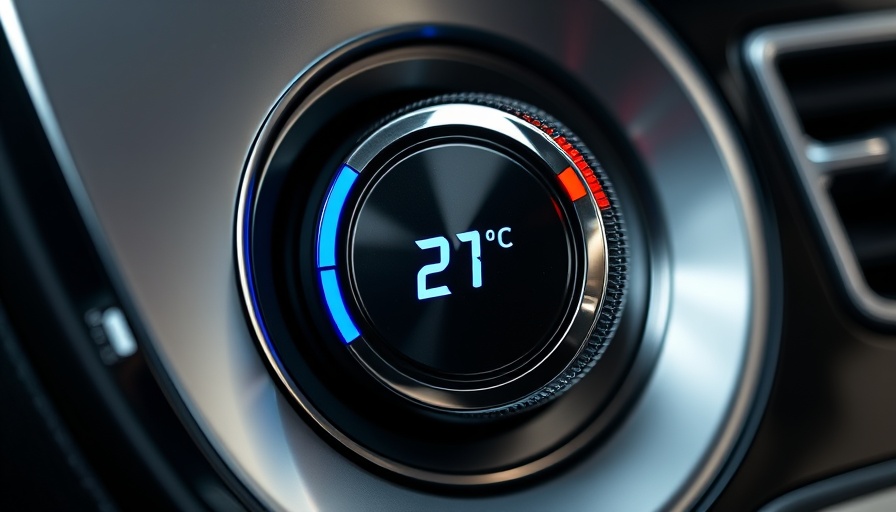
Beat the Heat: A Simple TikTok Hack to Cool Your Car
As summer temperatures soar, cars in the sun can become dangerously hot within minutes. Fortunately, a nifty TikTok hack shared by user Pushing Pistons offers an efficient way to cool down your vehicle quickly, allowing you to drive in comfort even on the hottest days.
How the Hack Works
The method is quite straightforward. First, roll down both the front and rear windows on the passenger side of your car. Next, repeatedly swing the driver's side door back and forth. This motion helps pump out the hot air trapped inside your car.
Once you’ve spent a minute or two expelling the heat, roll down all windows and turn on your car’s air conditioning. A crucial tip from Pushing Pistons is to turn off the air circulation setting, allowing cooler air to flow in from outside, particularly through the foot wells, which encourages hot air to rise and escape. Once the air conditioning starts blowing cool air, roll up the windows and switch the air back to the recirculation mode, making the cooling process more efficient.
Why This Method is Effective
The science behind this technique is rooted in basic principles of thermodynamics: hot air rises while cool air settles. By allowing cool air to enter the car from the bottom, you effectively push the hotter air upward and out, accelerating the cooling process significantly.
Moreover, toggling the recirculation setting allows the cooler air from within the vehicle to maintain a comfortable temperature, once it's been established. By doing so, you can optimize your car's air conditioning system and enhance fuel efficiency on those sweltering summer days.
Make Your Summer Drives Comfortable
With climate change amplifying heat waves globally, it's essential to keep our vehicles cool and comfortable. This TikTok hack demonstrates how simple adjustments can make a substantial difference in our daily lives. Not only does it save time on those unbearably hot days, but it also shows the power of community-driven solutions in the digital age.
What's more, this insight into vehicle temperature management can help us reflect on broader issues of sustainability and energy efficiency. As we adopt proactive measures like this, we're taking steps in our daily lives that contribute to our overall well-being and the wellbeing of our planet.
Conclusion: Stay Cool and Share Tips!
Next time you step into a scorching vehicle, remember this simple yet effective hack! By sharing effective tips like this one within our communities, we empower each other to tackle everyday challenges with creativity and collaboration. Stay cool, and don’t forget to spread the word!



Write A Comment